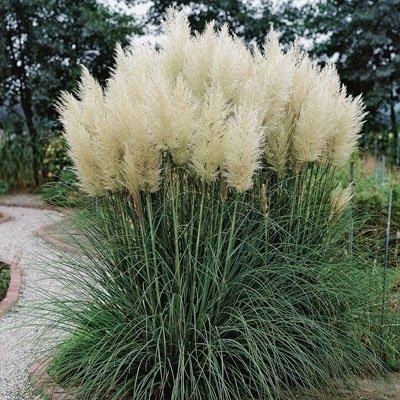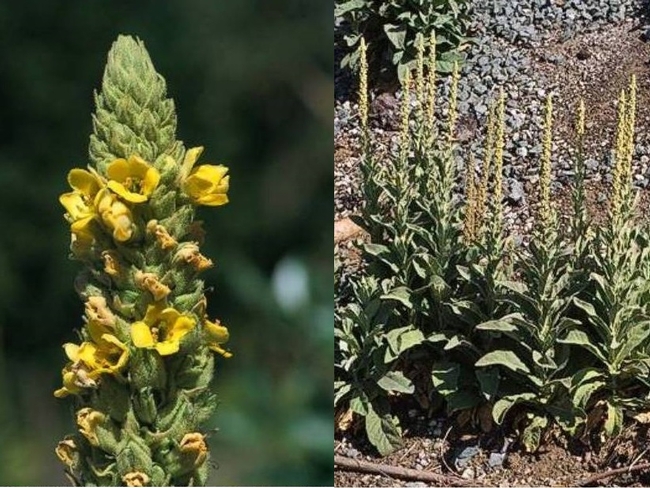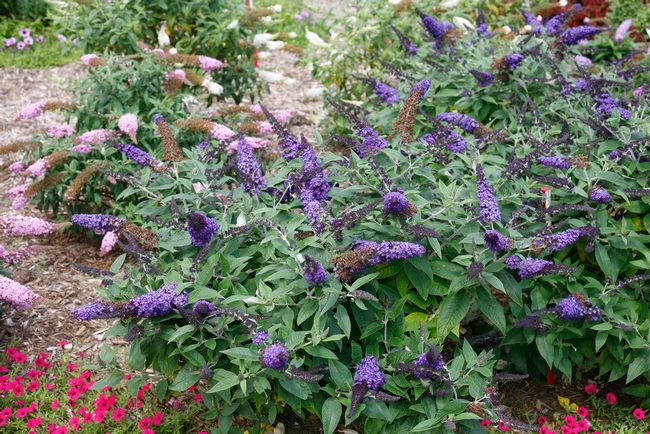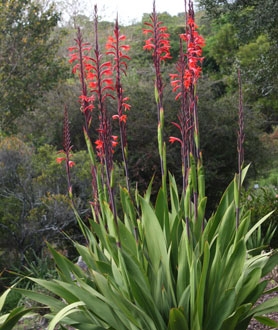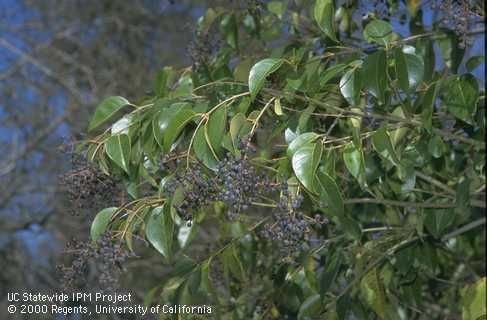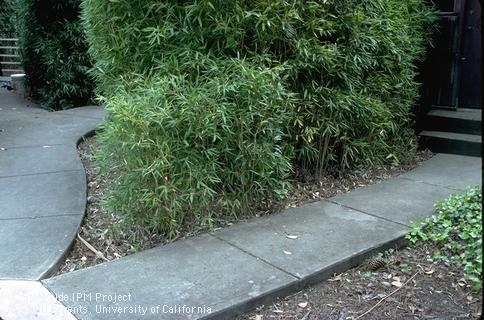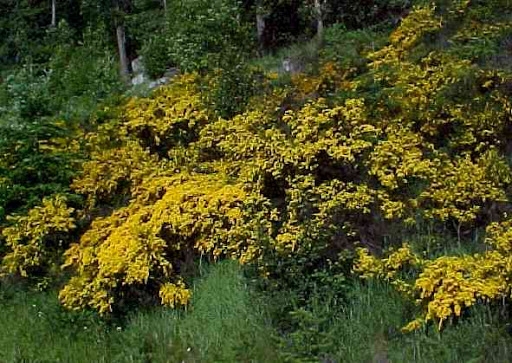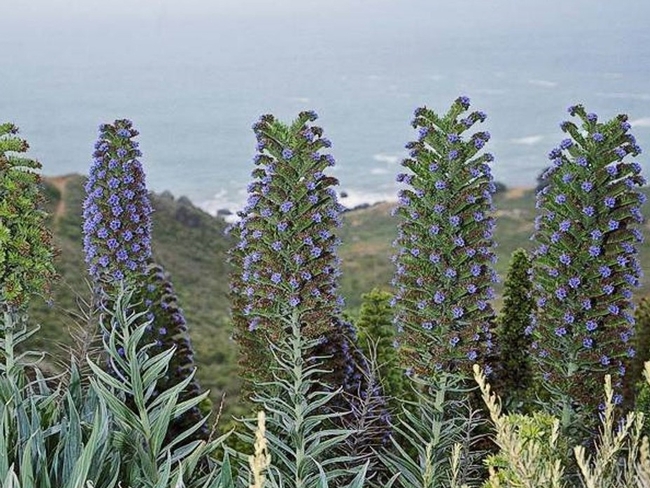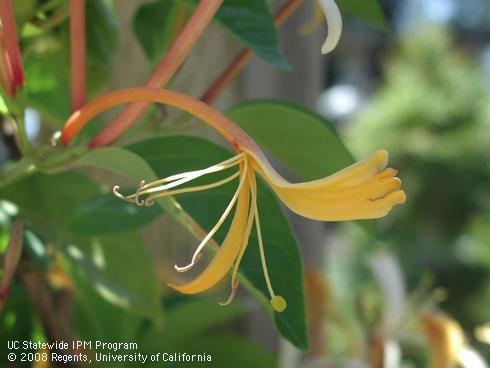by Penny Pawl, U.C. Master Gardener of Napa County
Oh no, I've done it again. I have fallen in love with a plant and its beautiful flowers. I planted it; it grew well and then I discovered that it is on the invasive plant list. What to do? And why is this plant on the list?
Many of the wonderful plants that I have planted over the years are on this list. How do authorities create this list? Some of those plants include pampas grass (Cortaderia jubata), mullein (Verbascum),butterfly bush (Buddleia davidii), Watsonia and privet (Ligustrum spp).
Most gardeners are aware that bamboo is invasive. Years ago, my husband and I planted bamboo in a wine barrel. Because we knew it had a spreading habit, we set the barrel on cement blocks. A few months later we noticed that a stem had come out the bottom of the barrel and was inching its way across the soil toward our house. Bye bye, bamboo.
Scotch broom (Sarothamnus scoparius) is probably the most notorious problem plant. It has taken over entire areas of our state and moved up the coast into Washington. It is also a problem in many other states. I have read about groups going out to remove this plant from parks and other wild areas.
Scotch broom spreads by the root system. The roots have nitrogen-fixing bacteria so the plant grows all year. It also produces large amounts of seed. If left alone, it will take over and crowd out native plants.
Pride of Madeira (Echium candicans) is native to the island of Madeira. I visited there a few years ago, saw the plant and fell in love with its tall purple spires. I planted one about two years ago. It has grown well and has not needed water or care. It bloomed this year, and the bees and other pollinators were in heaven.
Before I planted more, I decided to check its status. Alas, it is also on the California list of invasive plants. Each one of those little purple flowers produces lots of seeds which take root easily in our soils.
I do not plan to remove it, so I went out one evening as the flowers faded and before the seeds set, and cut it back. I did it at that time of day to avoid the bees and other insects. I will need to repeat this every year to keep pride of Madeira from becoming a pest in my garden and my neighbors' gardens.
A couple of years ago I snipped two pieces of honeysuckle (Lonicera) and rooted them. They are now in barrels growing up a big trellis. When I looked for more information on this plant, which is currently in full bloom, I discovered it, too, was considered invasive. Like pride of Madeira, it produces many seeds and pollinators love it. I have to trim it after flowering to keep the seeds from spreading. It also spreads when long runners touch the ground and take root.
The California Invasive Plant Council (Cal-IPC) list has been around for many years. If you are serious about preventing the spread of invasives, you should check the list before planting. You can find it on the Cal-IPC website along with photos to help with the identification.
Some of the plants in the weed category came in with New World settlers. The weeds were hitchhikers. Others such as Scotch broom were brought in because they grew so well in their native areas.
What do these plants all have in common? They are generally drought tolerant, and they produce massive amounts of seed. Birds love the seeds and spread them far and wide. Some invasive plants, such as wisteria, spread when their branches touch the ground and take root, or their root system moves around seeking water. When I trim the flowers of invasive plants, I don't put them in my compost. I put them in my brown yard-waste bin so they can be hot-composted by the city.
If, like me, you have a beautiful invasive plant growing in your garden, take care to keep it from taking over the whole garden. Otherwise, be safe and replace it with a native plant instead.
The UC Master Gardeners of Napa County are volunteers who provide University of California research-based information on home gardening. To find out more about home gardening or upcoming programs, visit the Master Gardener website (napamg.ucanr.edu). Our office is temporarily closed but we are answering questions remotely and by email. Send your gardening questions to mastergardeners@countyofnapa.org or leave a phone message at 707-253-4143 and a Master Gardener will respond shortly.
Attached Images:
